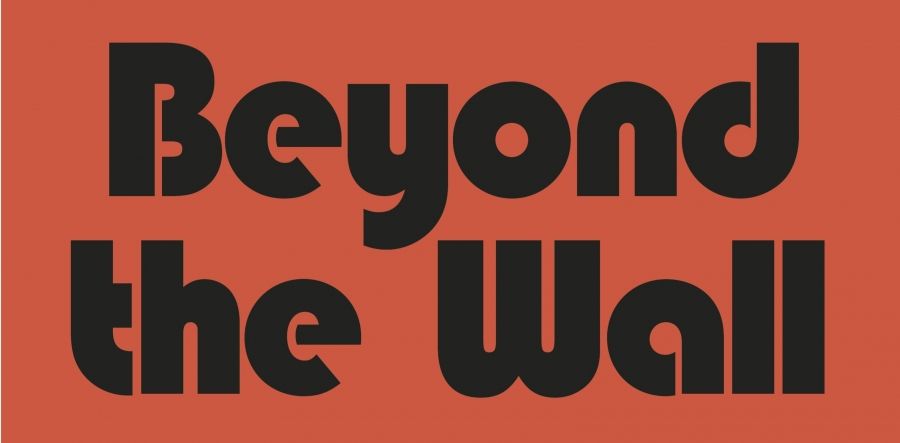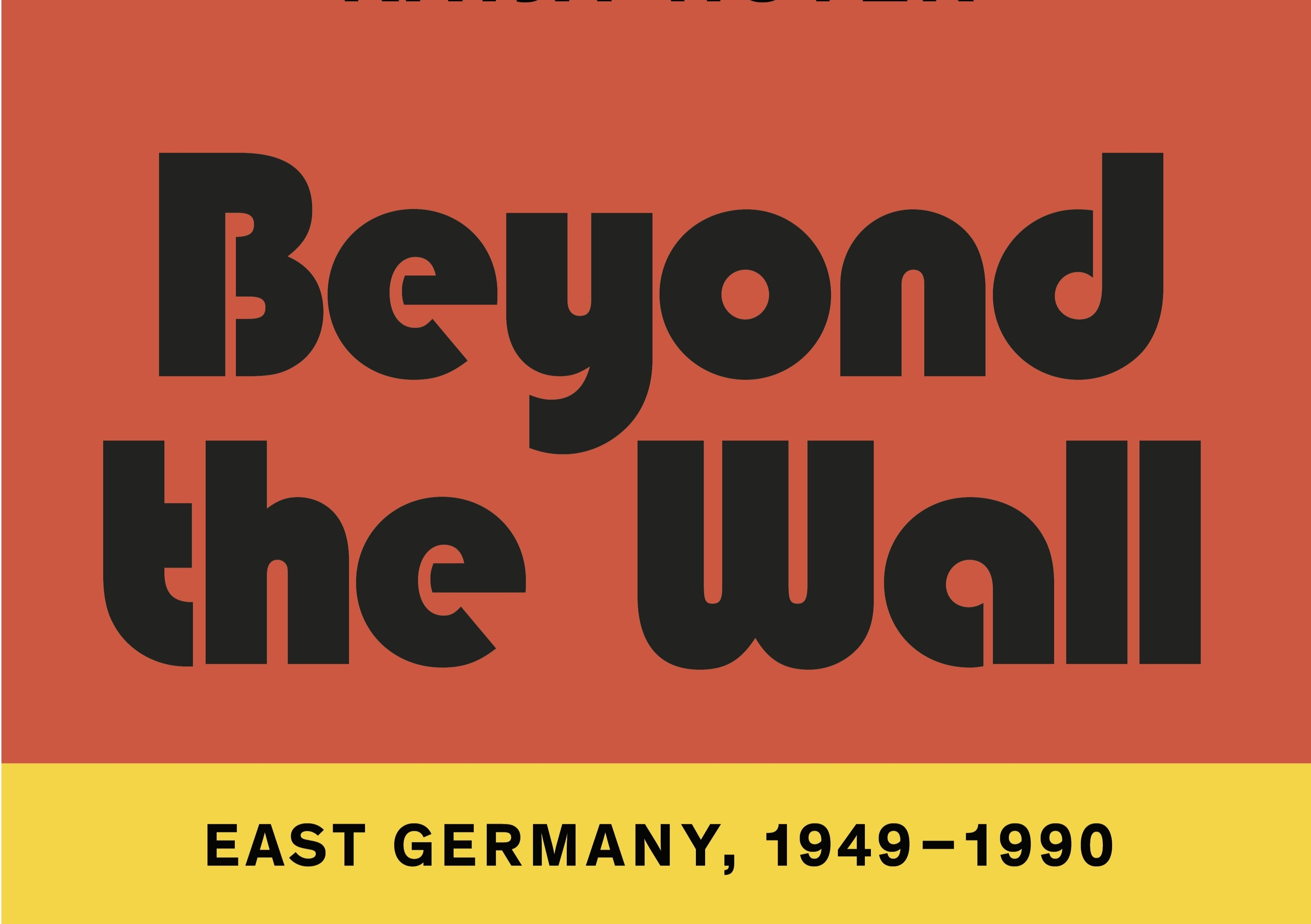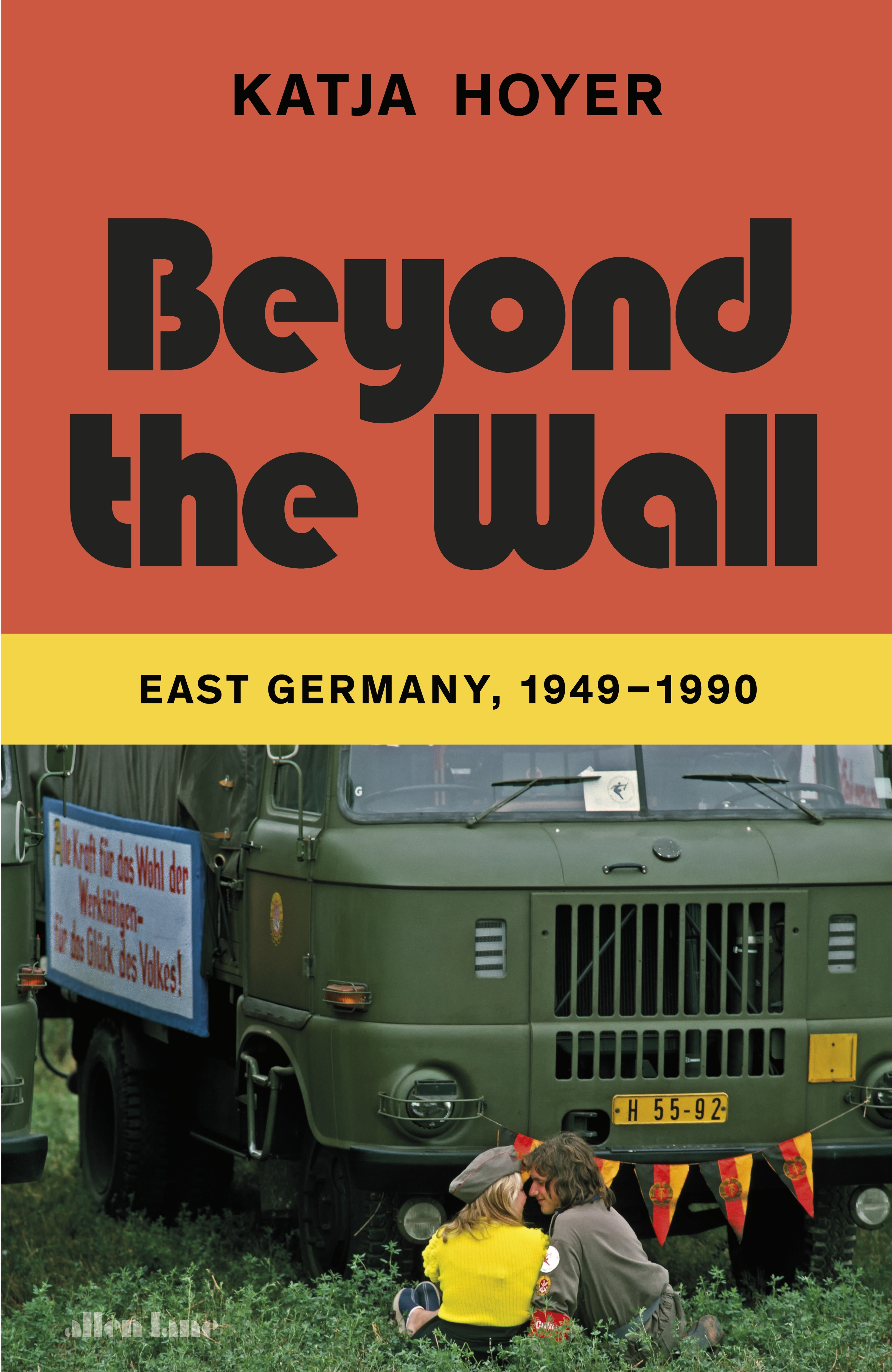
- Free Article: No
- Contents Category: History
- Review Article: Yes
- Article Title: Ostalgie
- Article Subtitle: Examining a vanished world
- Online Only: No
- Custom Highlight Text:
Katja Hoyer, born in East Germany, was four years old when, on the eve of the state’s collapse in 1989, her parents took her to the Berlin Television Tower and she gazed spellbound from its rotating visitors’ platform at the protesters and police cars gathering in the square below. In this book, Hoyer sets out to show an East Germany that amounted to more than just the Berlin Wall and the Stasi. That now-vanished, would-be-socialist world is presented critically, but also with empathy and the undertone of affection you may feel for something that mattered to people you love.
- Article Hero Image (920px wide):
.jpg)
- Article Hero Image Caption: Street art graffiti painting ‘The Kiss’ by Dmitri Vrubel, East Side Gallery, 1991 (photograph by Joachim F. Thurn, German Federal Archives via Wikimedia Commons)
- Featured Image (400px * 250px):

- Alt Tag (Featured Image): Sheila Fitzpatrick reviews 'Beyond the Wall: East Germany, 1949–1990' by Katja Hoyer
- Book 1 Title: Beyond the Wall
- Book 1 Subtitle: East Germany, 1949-1990
- Book 1 Biblio: Allen Lane, $35 pb, 485 pp
- Book 1 Cover Small (400 x 600):

- Book 1 Cover (800 x 1200):

But forget those reservations, because the story becomes fascinating as it gets into the 1970s and 1980s, and the reader starts to grasp Hoyer’s underlying sense of a country with the odds stacked against it but a lot of resourcefulness in dealing with its situation. East Germany (officially the German Democratic Republic, or GDR) was created, in the face of a Soviet preference for a neutral united Germany, out of the postwar Soviet Occupation Zone in Germany that remained as a rump after the American, British, and French Occupation Zones were united, under US and British tutelage, as the Federal Republic of Germany in 1949. Industrial and energy resources were concentrated in the West, not the East; and on top of that, West Germany had the benefit of generous financial support from the United States. East Germany’s backer was the Soviet Union, but it was a parsimonious sponsor even after it had got over its postwar zest for stripping Germany of any economic asset that could be shipped east on a train. The bright lights and employment opportunities in the West were as much part of its lure to Easterners as democracy; and brain- and population-drain was a constant problem that the Wall was built to solve (a solution, well described by Hoyer, that created other problems).
Dependent on the Soviet Union for energy, and largely cut off from the world market for other necessary products, East Germany showed ingenuity in finding alternative sources. For example, when a desperate shortage of coffee developed in the mid-1970s, the solution was a deal with Ho Chi Minh to establish coffee plantations over a large area, with the GDR’s investment repaid with half the crop. Lacking aluminium for their Trabants, the GDR used Duroplast – a mix of synthetic resin, cotton waste from the Soviet Union, and paper – and apparently it worked.
Their greatest ingenuity was in establishing more or less covert relations with West Germany to solve some of their worst economic and financial problems as Soviet support became increasingly unreliable. This was not just a product of Willy Brandt’s Ostpolitik of the early 1970s, but continued under successive West German chancellors (after the discovery of an East German spy in Brandt’s office ended his chancellorship in 1974). There was the cash-for-people scheme, by which the West German government paid East Germany to let political prisoners and would-be emigrants leave (by 1983, the GDR had sold 33,755 people to the West at an average price per head of DM 95,847). Foreign currency stores and special mail-order catalogues enabled West Germans to help both their relatives in the East and the East German state by sending West German money and gifts.
All this produced what Hoyer describes as an almost cosy behind-the-scenes relationship between West and East German leaders that annoyed the Soviet Union, which warned the East Germans several times to avoid ideological contamination (not incurred, apparently, in the separate game of détente it was playing with the United States). Then, in the 1980s, the Soviet Union pulled the plug on the energy supplies, with scant regard for the welfare of its socialist ally. If Leonid Brezhnev was unsympathetic, Mikhail Gorbachev’s perestroika liberals were even more so, and fresh admonitions followed against the East German version of ‘openness to the West’, which was openness to West Germany on the basis of a shared sense of Germanness. When Gorbachev abruptly cut East Germany loose in 1989, causing the fall of Honecker and the Wall, he was not just going after a ‘reactionary’ leadership, but one that was trying to assert some independence of the Soviet Union.
When the GDR collapsed at the end of 1989, the result was different from what East German leaders in the years of sub rosa amity might have hoped. As West Germany’s negotiator put it bluntly, it was ‘not the unification of two equal states’, but rather, an opportunity for East Germans to become citizens of the Federal Republic, that is, a straight-out West German takeover. There were pluses and minuses for East German citizens in this. Their new country was richer; on the other hand, they were the poor relations, their qualifications often undervalued and jobs hard to find. There was more democracy and less surveillance (although, in Hoyer’s telling, most people had got used to the Stasi, which in latter years was into surveillance and admonition rather than terror and punishment). Their new country was less provincial but in many ways more demanding: in Hoyer’s words, East Germans had ‘had a fair amount of money and time on their hands without having to worry too much about having to make the most of it. As a result, they spent a lot more time socializing and enjoying leisure pursuits.’ Capitalism meant less leisure, more anxiety, and harder work.
Some sullen resentment was noted in the East after the Wende (East Germans’ preferred term for unification, implying a switch to a new direction), and the term Ostalgie had to be coined to describe nostalgia for the old East German way of life. Most people did not want the GDR back. But it was not nothing that they had lost, and that’s one of the two thoughts Hoyer wants to leave with her readers. The other, addressed mainly to Germans, is that the GDR was not just a historical wrong turn that led to a bit of a detour before getting back on the main road, but part of German history.


Comments powered by CComment